Using the ALMA telescope in Chile and Einstein’s theory of relativity, scientists observed a young galaxy in the early universe that is invisible in nearly every wavelength.
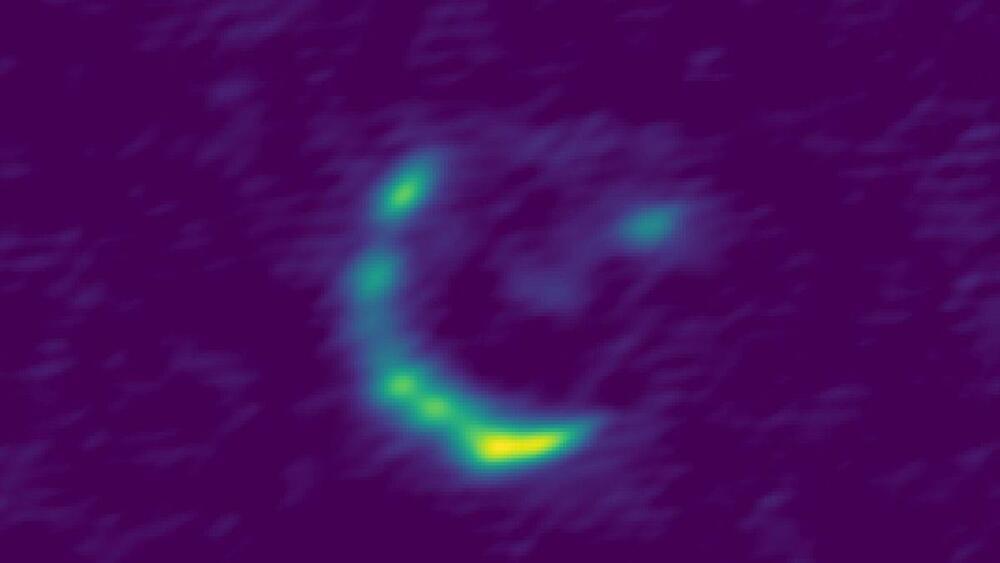

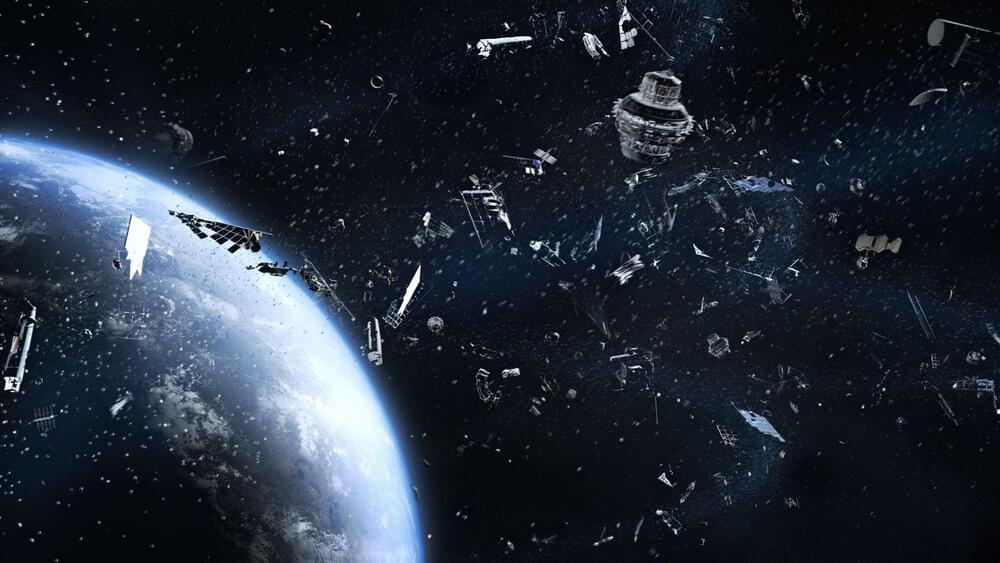
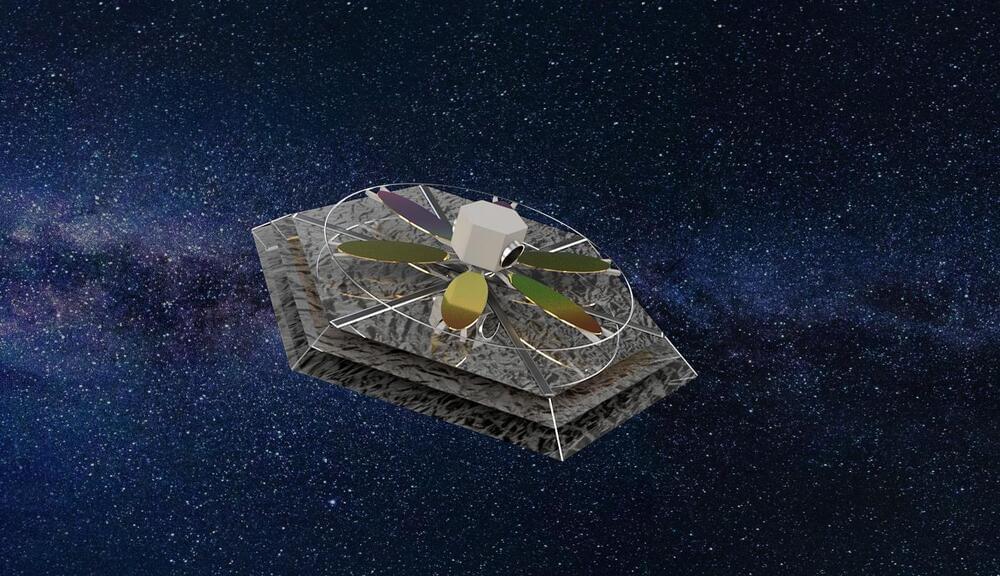
A disruptive new planet-hunting technology, now under study as part of NASA’s Innovative Advanced Concepts (NIAC) program, could literally detect and then look for biosignatures from every Earth 2.0 within a thirty-light-year radius of our solar system.
Known as DICER (The Diffractive Interfero Coronagraph Exoplanet Resolver), the key to this NIAC study’s revolutionary means of detecting these planets is that unlike conventional optical space telescopes — which use curved, highly polished mirrors to collect starlight — this mission would employ flat sets of what are known as diffraction gratings.
Who says you need a conventional telescope to find exoplanets? NASA has funded a ‘Phase I’ study for the development of a whole new means of detecting and then teasing spectra from very nearby exoplanetary earths.
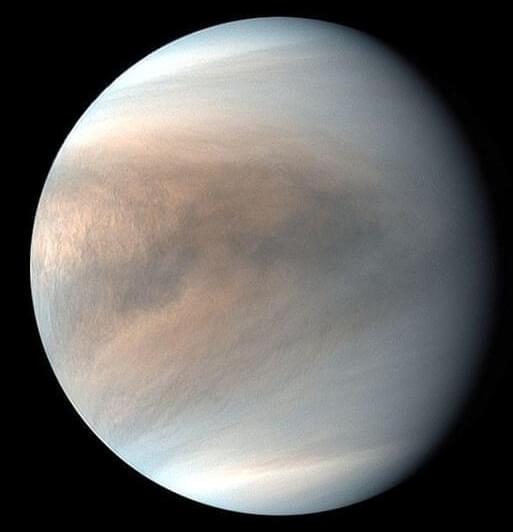
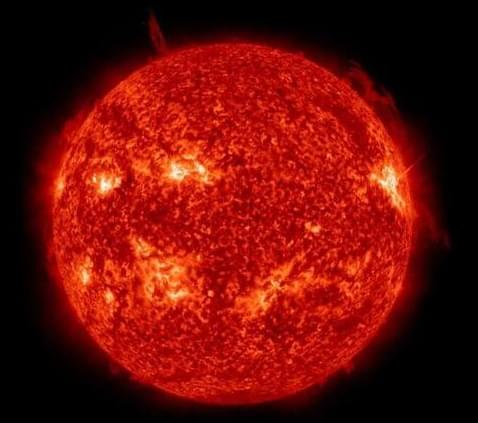
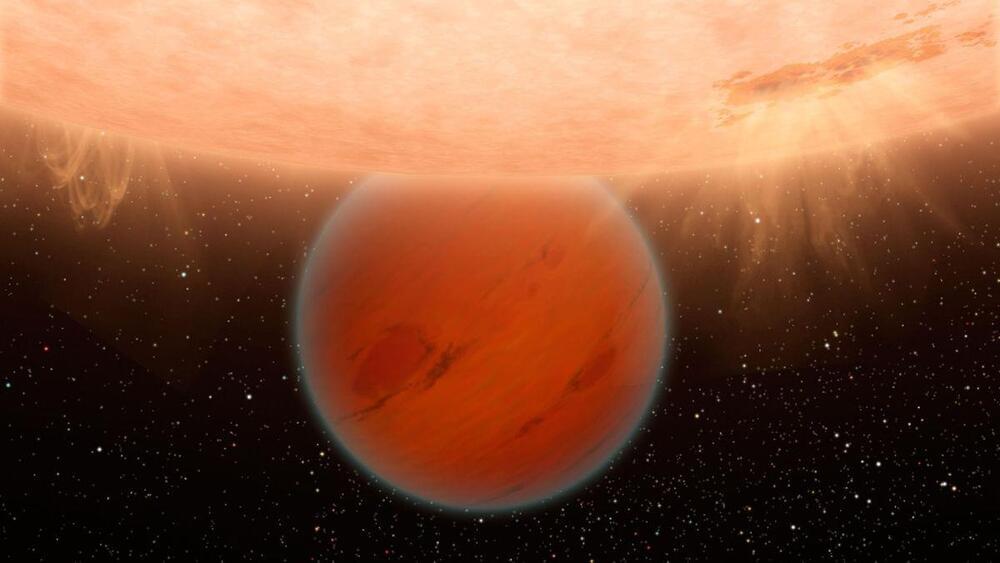
Astronomers picked up extraterrestrial signals which they previously missed in an area they thought was devoid of potential ET activity. It could be the first hint that humans are not alone in the universe.
Mysterious Signals Detected
Experts led by University of Toronto student Peter Ma used an algorithm with artificial intelligence (AI) to examine 820 stars in an area they didn’t suspect would have any potential activity. They were surprised with their finding, especially since they missed the tentative signals earlier due to a lot of interference, Daily Mail reported.
A video series looking at concepts for truly huge structures that we might see in the future. We begin with ground-based and Low Orbit structures to help us get up into space and proceed up through artificial habitats and planets to structures which encompass stars and can even move them. Audio-only version for mobile devices available at: https://soundcloud.com/isaac-arthur-148927746/sets/
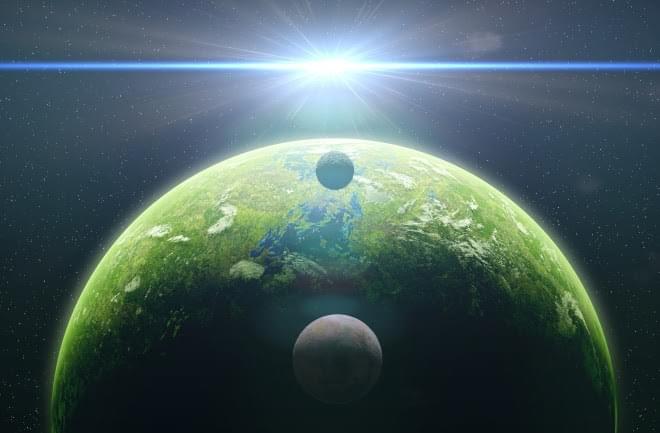
Scientists’ insatiable search for finding another planet that could support human life has just got a leg up following the discovery of two Earth-like alien worlds. Both the spatial bodies have a mass similar to that of Earth and have been found in the habitable zone of a star so far known as GJ 1002. The star is one of the dwarf stars referred to as M dwarfs, which are stars that have only a fraction of the Sun’s mass and luminosity.
The discovery was made by scientists working at the Instituto de Astrofísica de Canarias (IAC) in Spain. Astrophysicist Vera María Passenger explained to Science Alert that GJ 1,002 was a “dwarf” star with a mass only one-eighth that of the Sun. “It is quite a cool, faint star. This means that its habitability zone is very close to the star.”
